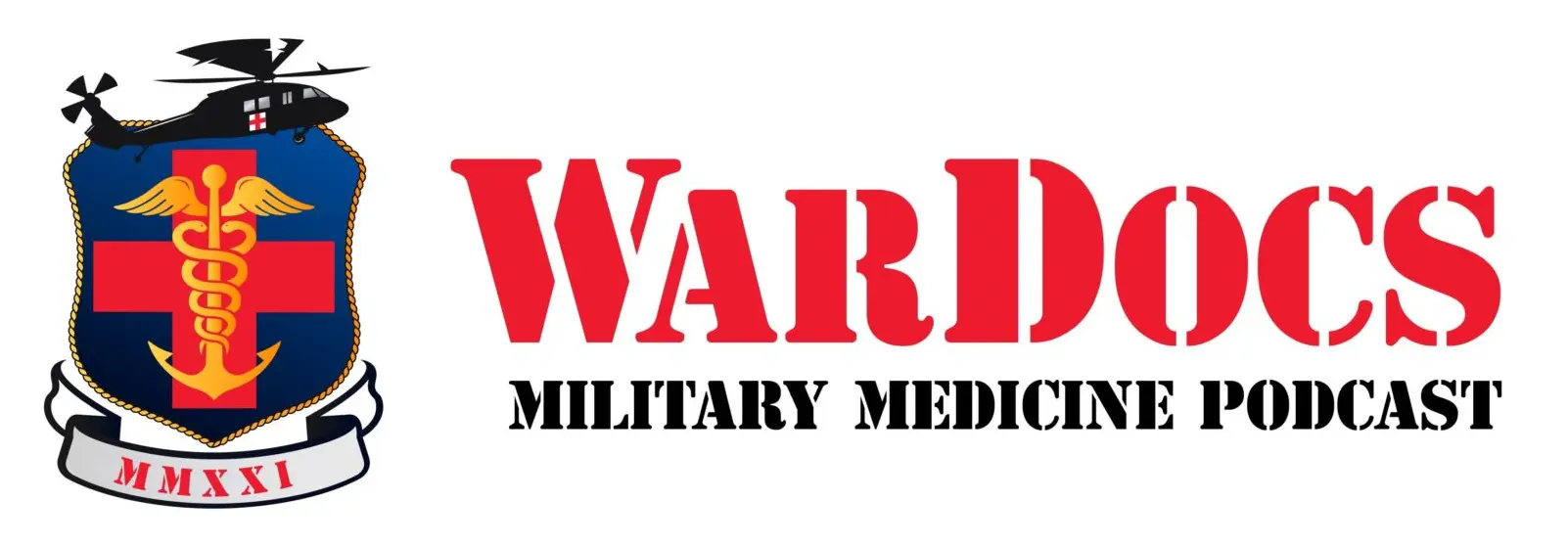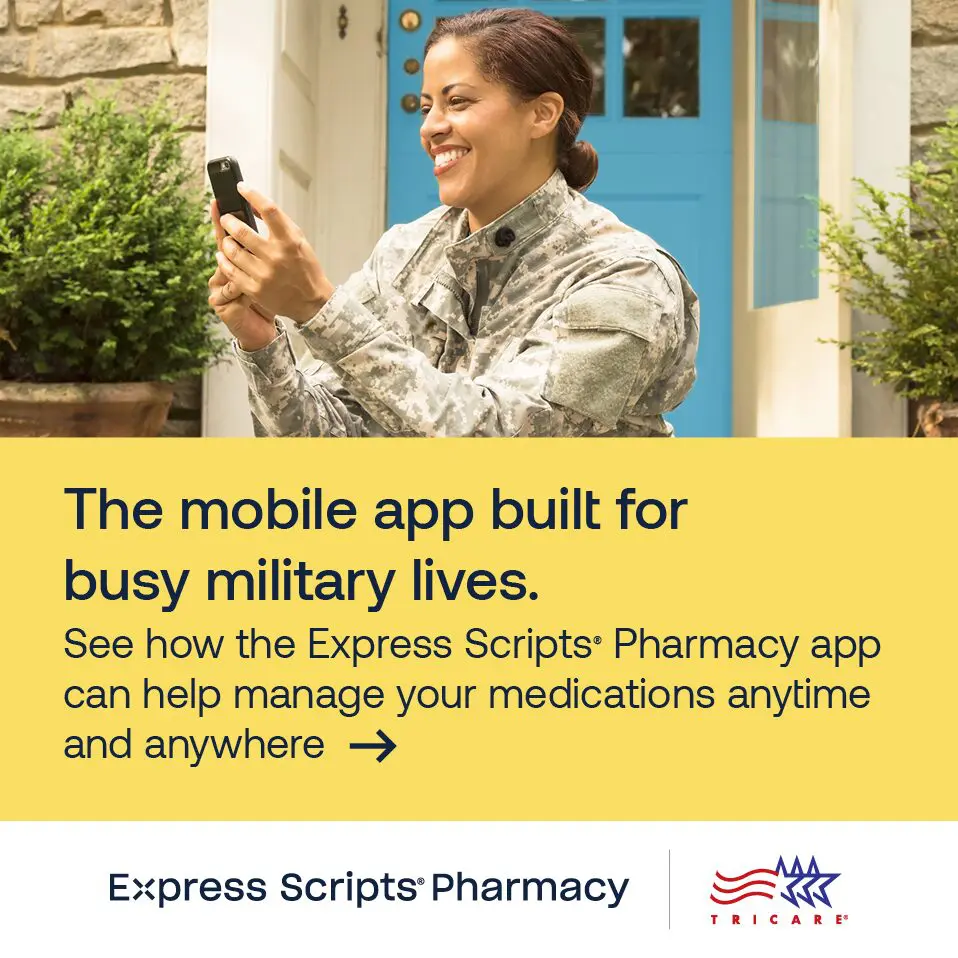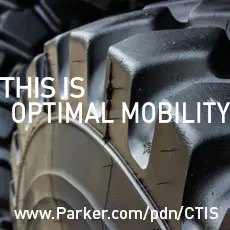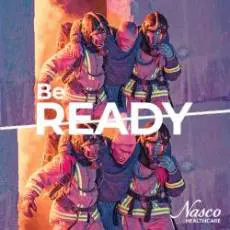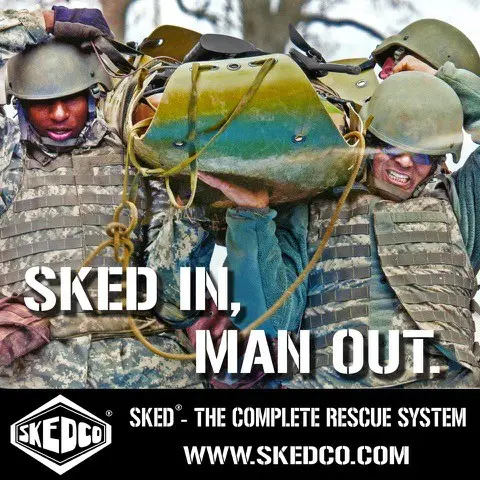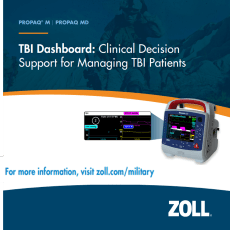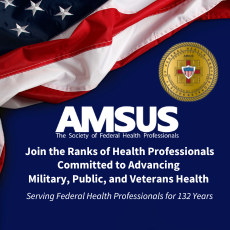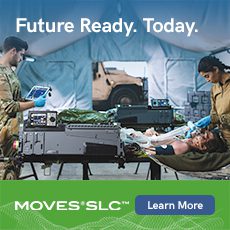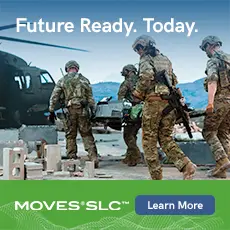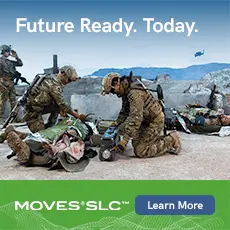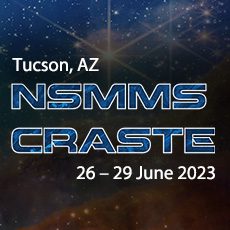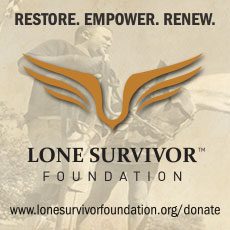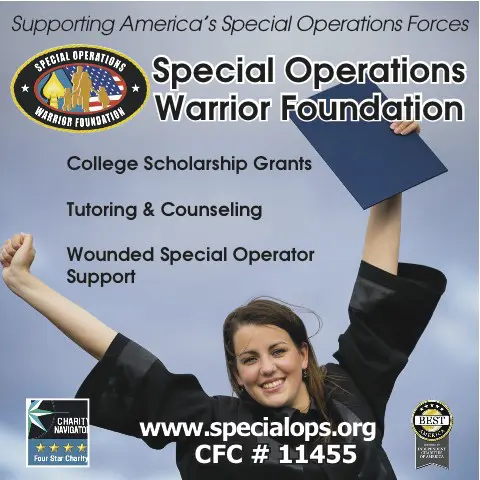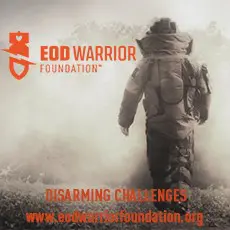Pushing Pre-Facility Survival
Major advancements in U.S. military medicine, in particular changes to pre-hospital battlefield medicine, have resulted in unprecedented survival rates for casualties in current conflicts.
By Matthew Hackett, PhD, Science and Technology Manager, U.S. Army Combat Capabilities Development Command – Soldier Center
From Combat & Casualty Care, Spring 2020
The standard of care employed for the treatment and stabilization of battlefield casualties is tactical combat casualty care (TCCC). TCCC is focused on evidence-based medicine, including evidence showing that military units fully trained in TCCC have documented the lowest incidence of preventable deaths. However, TCCC training across the Services is faced with a number of challenges.
To begin, instruction of TCCC lacks standardization across the Services. The Services leverage TCCC guidelines during the creation of training doctrine, but differing implementation strategies and Service-specific needs cause variation between the Services. Furthermore, even within a Service, instruction varies from installation to installation, based on prior knowledge from the instructor or the use of passed-down training materials. Compounding this issue, when students or instructors search for definitive TCCC content, it has historically been found in a wide variety of locations, including the NAEMT website, Health.mil, or even contractor websites. This scattering of content has led to the proliferation of outdated TCCC content, creating a challenge for the Committee on Tactical Combat Casualty Care (CoTCCC) to ensure everyone has ready access to the latest TCCC guidance.
Embracing a Training Evolution
In addition to the aforementioned issues, the next generation of learners necessitate a shift in training paradigms. A 2015 Defense Health Agency (DHA) survey of 1,356 combat medical personnel explored current TCCC learning behaviors. The survey found 34% reviewed TCCC training content less than twice per year, and 17% said they never search for information outside the 1-2 year refresher training cycle. Over half of those surveyed were not engaged in continuous learning. The vast majority, 87%, felt adding mobile learning would enhance their TCCC learning experience, and 82% chose a free mobile app as their preferred learning platform. Understanding how to effectively deliver TCCC education to a NextGen medical workforce has the potential for driving major breakthroughs in clinical performance on the battlefield. NextGen learners have been shown to prefer personalized, flexible and self-directed learning experiences using their personal mobile devices. In order to tap into these additional learning opportunities for the NextGen audience, future TCCC education and training systems will need to incorporate a broader range of pedagogical approaches and embrace digital platforms as a channel for learning engagement.
To address these challenges, the Defense Health Agency (DHA), the Joint Trauma System (JTS), and the Army Futures Command are designing new methods for delivering TCCC education and training to NextGen medical forces. Specifically, the Learning Strategy, Tactics and Technology (LSTT) research program was created by the DHA as a strategic science & technology (S&T) initiative to conduct research and rapid prototyping to accelerate the development and fielding of trauma training capabilities. The research program includes two principle efforts: (1) development of Joint, role-based TCCC curriculum and (2) research and development of a mobile application to support TCCC training.
The Joint TCCC curriculum being developed will directly address Department of Defense Instruction 1322.24, which mandates all Service-members receive TCCC training commensurate with their role. To address this need, TCCC subject matter experts across the DoD have teamed up with the University of Miami, combining the operational knowledge of Military providers with rigorous academic instructional design. The new curriculum will be delivered in four tiers: Tier 1 All Service Members; Tier 2 Combat Lifesaver; Tier 3 Combat Medic / Corpsman; and Tier 4 Combat Paramedic / Provider. The new curriculum is advancing TCCC educational practice using modern learning science concepts, such as micro-learning and spaced repetition. The curriculum combines a variety of student resources, such as skills cards and how-to style videos, with supporting instructor materials, such as skills assessment checklists and course guides, to provide a complete training package. Importantly, the new curriculum is being design in a modular fashion. The modular approach provides the Services with the flexibility to implement the training in multiple formats, while still ensuring the core TCCC training objectives are met. At the date of this publication, Tiers 1 and 2 have been completed, with Tiers 3 and 4 in development and being released in the coming months.
Complementing the new curriculum, the government has partnered with Allogy Inc. to develop the Deployed Medicine platform, which will support TCCC instruction and accommodate the learning preferences of NextGen audiences. At present, Deployed Medicine serves as the definitive source for on-demand TCCC training content, hosting YouTube-style video, audio podcasts, study guides, and other didactic content. Since all the content on Deployed Medicine is approved by the Joint Trauma System, users can be assured the TCCC content is the most current and comprehensive available. To improve accessibility, Deployed Medicine is available as an iOS app, Android app, and website, allowing access on mobile devices or via standard web browsers. Deployed Medicine meets the objective of delivering dynamic learning content using current, highly accessible technology, and helps to promote a self-directed and continuous study of medical best practices. In addition to serving as the repository for TCCC training materials, the Deployed Medicine platform is currently undergoing further development to add an assessment capability, allowing learners to evaluate their TCCC performance and understanding. This includes the capability to deliver content in sequenced courses, enabling distance learning in a guided fashion.
Marrying Capability and Mobility
In addition to learners, the Deployed Medicine platform puts new capability into the hands of TCCC instructors. Instructors will have the ability to push content to students before classes, thereby shifting costly class time away from ‘death by PowerPoint’ and towards interactive, hands-on skills stations. Analytics from the assessment suite will provide instructors with a snapshot of the strengths and weaknesses a class or single learner has related to TCCC. Using this information, an instructor can tailor the training to focus on the identified weaknesses, thereby personalizing the educational process and ultimately improving learning performance.
The combination of the Joint TCCC curriculum with a mobile technology platform holds the promise of advancing TCCC education in a meaningful way. The new Curriculum will reduce TCCC training variance, providing a medical force that is more uniformly trained to treat battlefield casualties. The addition of the Deployed Medicine technology platform meets the demands of NextGen learners and allows for novel instructional design approaches to training TCCC. The modern battlefield is constantly shifting, and through research efforts at the DHA and beyond, the Military Medical force is continuously adapting educational practices to always be ready.

